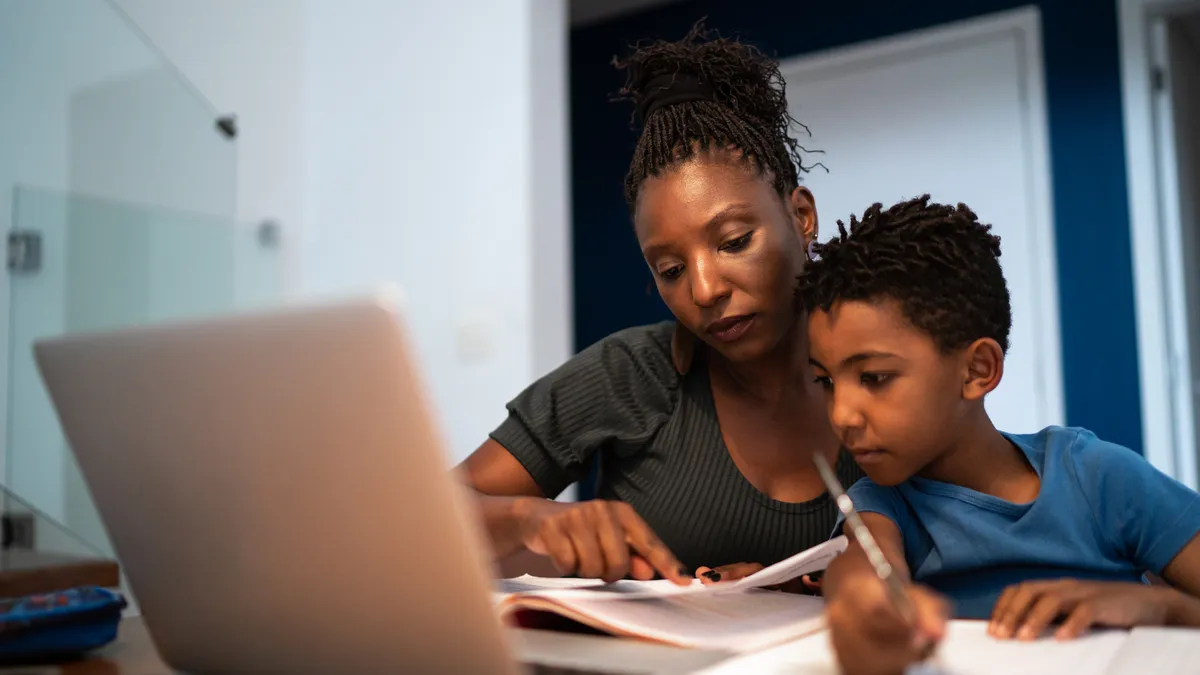Dive Brief:
- The digital divide disproportionately impacts Black Americans, with 62% having broadband internet access compared to 77% of White Americans, according to a McKinsey & Co. analysis released this month. The racial gap persists on computer ownership, as well, with 69% of Black Americans owning a computer compared to 80% of White Americans.
- To close the digital divide for Black Americans, McKinsey recommended states, cities and municipalities make explicit commitments to digital equity in the same breath as establishing commitments to improving access to broadband infrastructure. Leaders should also develop a survey to count those who live in unserved or underserved locations to access broadband, McKinsey said.
- The analysis suggests state leaders speak with impacted residents, local government leaders, non-profit organizations, utility and electric cooperatives, internet service providers and other stakeholders, as well as forge partnerships to help households access subsidies for internet services and devices, the analysis said.
Dive Insight:
Schools can play a major role in equitably closing the digital divide — an issue the pandemic brought to light when students had to pivot to full-time remote learning.
In September, the U.S. Department of Education released a digital equity resource guide for school district leaders, noting that as many as 16 million K-12 students lack sufficient access to internet services or learning devices at home. The department also recommends building partnerships to improve broadband infrastructure. Community spaces can also provide an opportunity to expand internet access, the guide said.
Digital redlining has led to a lack of large-scale broadband infrastructure, which can happen when internet service providers invest in developing fiber infrastructure in wealthier communities while low-income households go unserved, the department said. This can ultimately lead to low-income families having access to slower but more expensive broadband services.
There’s now over $425 billion in federal funding for state and local governments to close the digital divide, the McKinsey report said. About $350 billion of those funds come from the 2021 American Rescue Plan Act State and Local Fiscal Recovery Funds, while the Bipartisan Infrastructure Law from 2021 provides $65 billion to improve broadband access.
But some early signs have shown the homework gap may be starting to close, as an October Funds For Learning survey found an 8-percentage drop from the previous year among school and library E-rate applicants who agreed or strongly agreed that insufficient internet access at home is a significant problem in their communities. Even so, 78% still reported this was an issue in 2022.















